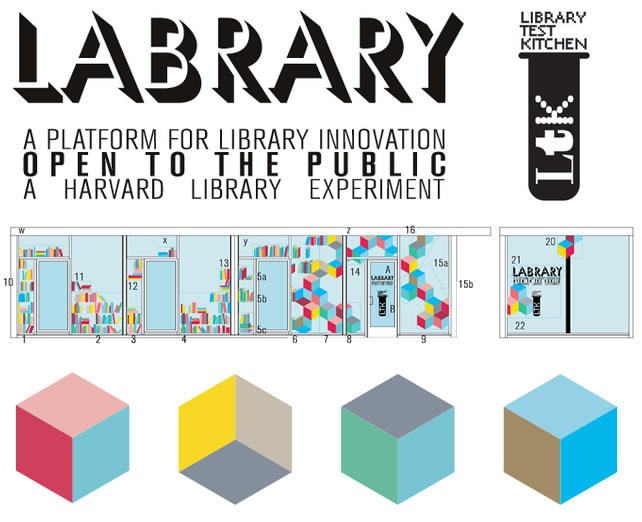
I’m rushing to meet my editor’s deadline for the text of TrendsWatch 2013 (spoiler alert: it’s about the future) so today I’m just jotting down some quick thoughts on an item in the news. (As Pogo’s Churchy la Femme might say, “Monday Musings came on a Thursday this week.”)
The first article I read in my morning scan was this piece from the Harvard Gazette about the Labrary—a student-designed pop-up space envisioning what libraries of the future might look like.
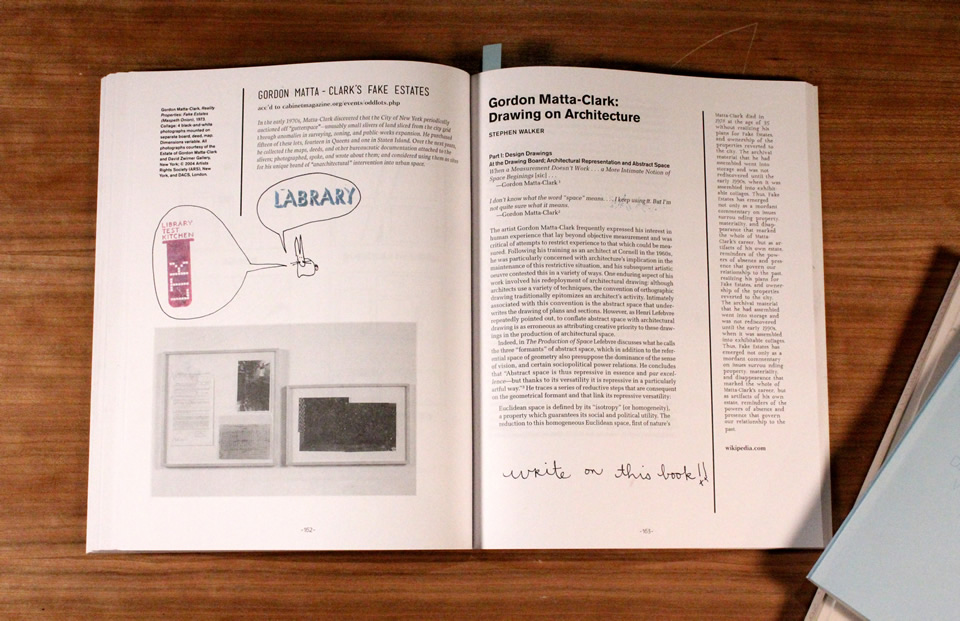 |
| RECON-TEXTS by Bri Patawaran |
The prototypes featured in the Labrary’s inflated mylar home include Green Noise (three plants hooked up to an amplifier: touch the plants and generate your own horto-concert); an idea for MOOSL (“Massive Open Online Scientific Literature”) a “science platform of the future” that adds multimedia & interactive platforms to digital text); RECON-TEXTS, which bring the digital back to the physical by printing and binding one-off texts from research notes and annotations; and Furniture for Slight Distraction, which fights sleepiness with unsteady stools and provides just the right amount of productive diversion with ambient noise.
I love the way the students identify and attack assumptions about “present” libraries, notably:
- That libraries are quiet, because quiet is a prerequisite to concentration & study. “I don’t study in traditional libraries,” comments one visitor “It’s too quiet.” Future libraries, notes the author notes “may not fetishize silence.” In fact, if the future of learning is about collaboration (as this and many articles suggest), and how can that flourish without lively conversation?
- That libraries are about static texts, whether digital or virtual. “Future libraries might include ‘experience with living things’” noted Jeff Goldenson, the pop-ups faculty co-sponsor. Other prototypes in the pop-up played with food as text and invited visitors to become part of a “participatory photo opera.”
- And most important (embedded in the premise of the project as a whole) that library designers need to specify and control how patrons will use space. One of the most important aspects of the pop-up was how people felt empowered to co-opt it for their own purposes—one student took it over for a project meeting, for example, and a local artist and designer set up a display of his book art.
Goldenson is quoted as saying “I want to make lending this space out as easy as taking out a book.” That statement points to a common challenge of museums & libraries-how can we give our audiences scope to invent their own uses for our resources? Are we willing to let go of our preconceptions about our core identities (libraries are places to borrow books and do research; museums are places to look at stuff) and discover what identify people would create for us, if we let them?






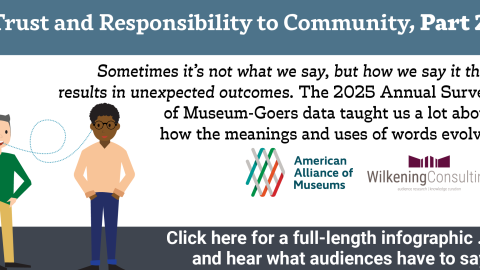
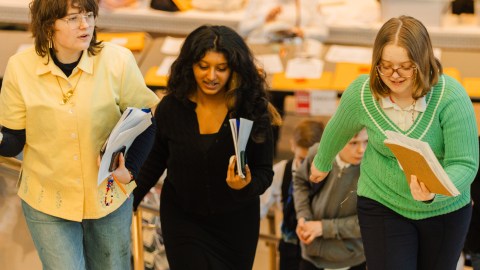
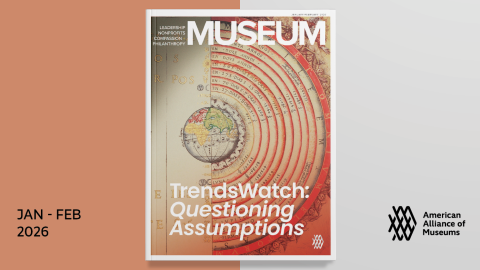
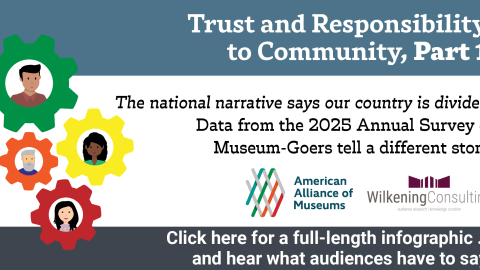
I'm completely fascinated by this concept of library as think tank (and one that allows for verbal dialogue and conversation). I especially appreciate both the subtle and explicit ties that Labrary makes between digital and physical experiences of absorbing knowledge, and the tension that often exists between those two different experiences.
It's interesting to me that museums have (over the past decade or so) increasingly looked to challenge the kind of passive experience that folks so often equate with visiting an exhibition… and that libraries are now jumping on this defiance of the passive/silent experience. With Labrary, however, it seems like there's a much more intentionally designed, digitally-technologically-focused approach, and maybe that's something museums and other arts/culture organizations should take a page from.
I just started working with ArtsFwd, where I've begun to think in depth about big-picture innovation strategies… including about how "labs" might be less risky ways to test out new ideas and processes without disrupting or totally upending the day-to-day of an organization. To that end, I'm especially encouraged by Labrary's use of a new pop-up space — one that's separate from a more "traditional" space or building — which helps visitors physically rethink what a library looks, feels, and sounds like. I know pop-up museums have been done before (as with BMW Guggenheim Lab, etc.), but maybe it's a concept that should continue to be explored further with an eye on the digital/physical experience and divide.
Just following up — here's more food for thought on libraries from the NY Times… perhaps there's crossover with current thinking about museums?
Online education programs include the same options that are available in a conventional university or college setting. Liberal arts and sciences are partly available online. Other programs that will require a physical presence can also be partially taken online. Read this for the details.